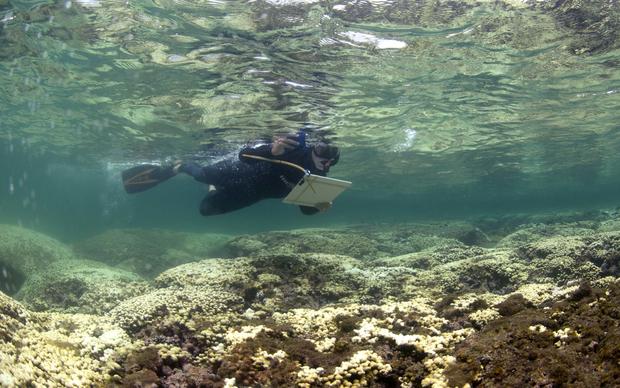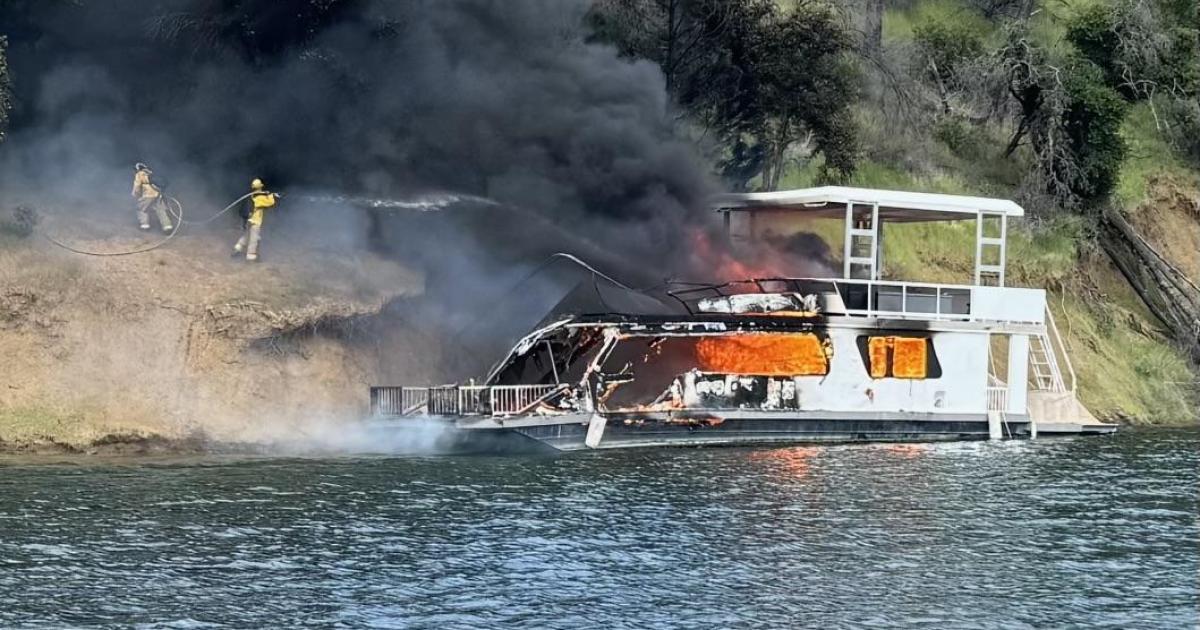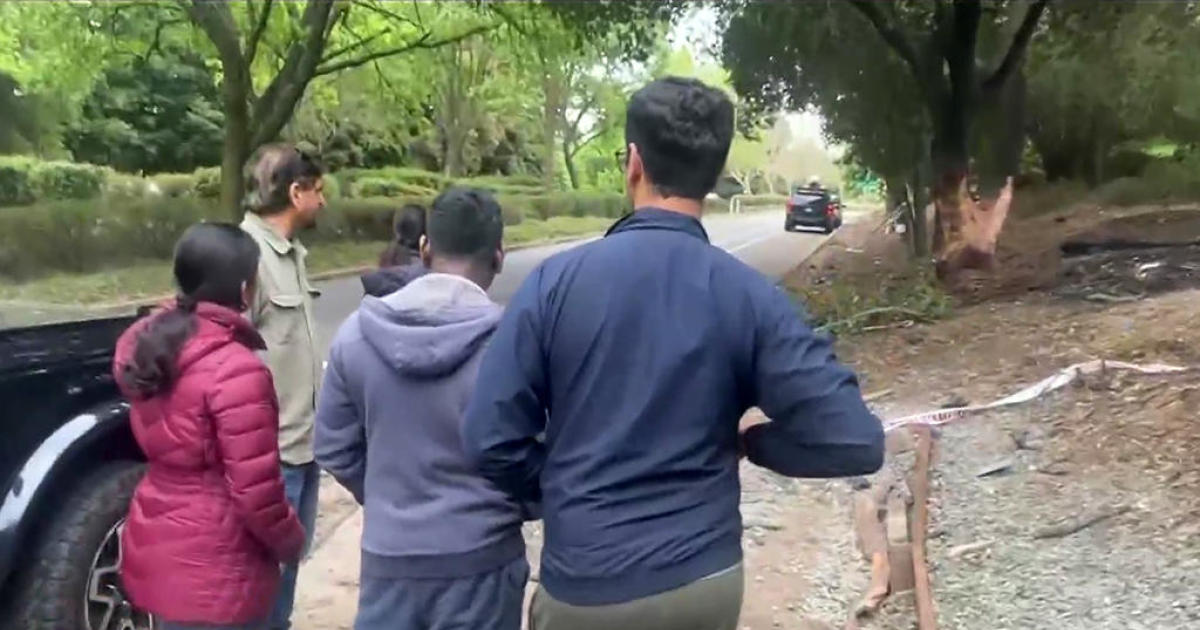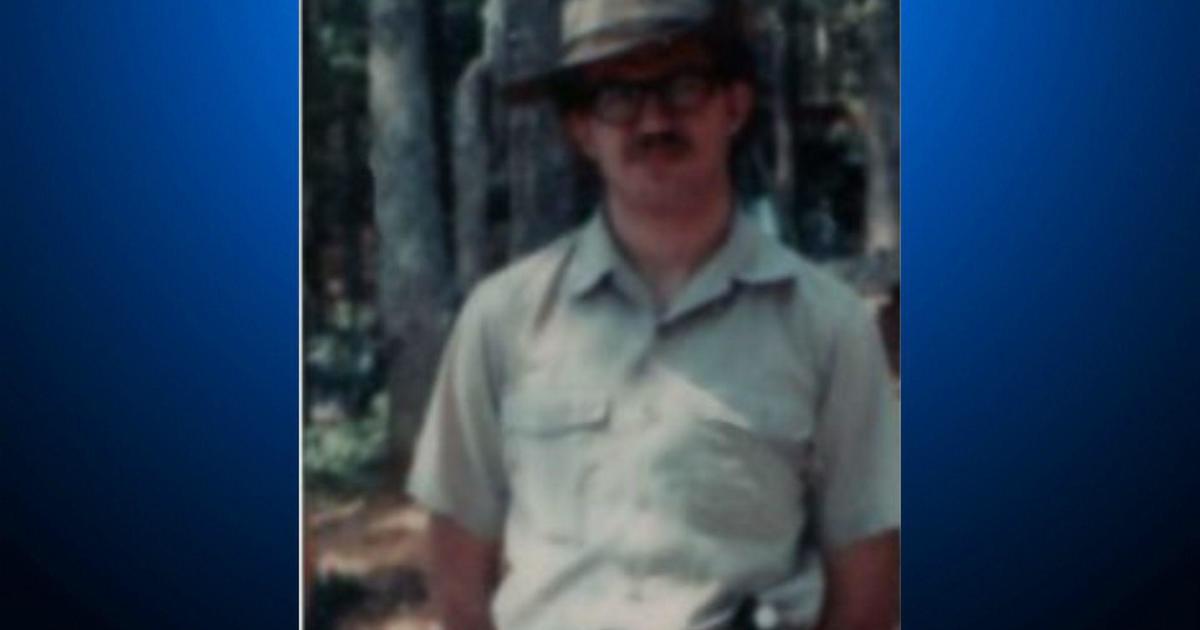El Niño Transforms Vibrant, Living Pacific Marine Reserve Into Coral Graveyard
HONOLULU (CBS/AP) -- El Niño's super warm water has turned what had been one of the world's most lush and isolated tropical marine reserve into a coral graveyard, federal scientists said Wednesday.
Researchers finishing an emergency undersea expedition found 95 percent of the coral dead around Jarvis Island in the Pacific Remote Island Marine National Monument. In November, much of the coral had bleached white but was alive.
"There's hardly anything left on the bottom in terms of the coral. It basically looks like a graveyard," said the expedition chief scientist Bernardo Vargas-Angel of the National Oceanic and Atmospheric Administration. "The skeletons are still there but they are covered with algae."
The algae was red, the color of blood or wine, and below it was a sea of dead coral, he said, returning from a 10-day diving expedition to the region along the equator, 1,400 miles southwest of Hawaii.
Scientists say the area around Jarvis Island is a special place that normally looks like something out of a technical color movie, vibrant with coral, plankton, fish and sharks. A unique ocean current normally brings cold water up from the deep, making it teem with life, said Woods Hole Oceanographic Institution scientist Anne Cohen, who is involved in the research but wasn't on this trip.
"It's like the Super Bowl of coral reefs, this place," Cohen said. "The coral cover is astronomical. The amount of life that it supports is just sky high: fish, turtle, dolphins, sharks. You name it, you find it there in large numbers.
The coral can normally survive short bouts of warm water but the water just got too warm for too long, scientists said. The water was about 7 degrees warmer than normal (4 degrees Celsius), Cohen said.
Scientists measure how warm the water is for coral in something called degree weeks. The record had been 18 degree Celsius weeks in 2014. This maxed out at 31.3, said NOAA coral reef coordinator Mark Eakin. It has been over 20 degree Celsius weeks for almost eight months, worse than anywhere else, Eakin said.
That warmer water is mostly from El Niño -- the natural warming of parts of the Pacific that changes weather worldwide -- assisted by man-made warming, Eakin said.
A study earlier this year found almost as much loss in a nearby island called Kiribati, but Eakin said this was worse.
"Just as I thought it couldn't get any worse, it does," Eakin said.
© Copyright 2016 The Associated Press. All Rights Reserved. This material may not be published, broadcast, rewritten or redistributed.






